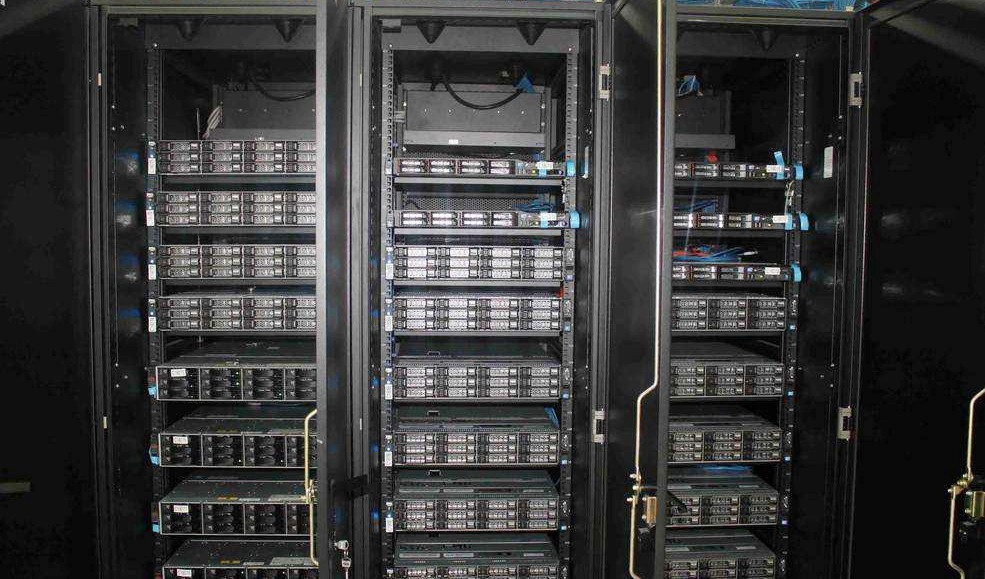RFID tagging tracks and identifies objects by using tiny radio frequency identification devices. An RFID tagging system consists of the tag which is also called a transponder. a host system application for data collection, processing, and transmission; and a scanning antenna and receiver. which are frequently combined into one reader that is also called an interrogator.
These kinds of systems are frequently used for managing and tracking products, people, and animals. In this blog post we will discuss the history of Rfid injectable transponders, benefits of Rfid smart reader and a lot more.
History Of Rfid Tagging
RFID has its roots in the early years of radio and, subsequently, in Sir Robert Watson-Watt’s 1935 invention of radio detection and ranging, or RADAR. Radio waves were used in World War II to find enemy aircraft.
The 1940s and 1950s saw the introduction of RFID as we know it today, and the 1960s saw the beginning of its use outside of the military. Since his 1973 design of a portable radio frequency emitting identifier was granted a patent in 1983, Charles Walton is recognized as the first RFID patent holder. The acronym RFID was first used by him.
The early widespread commercial use of RFID was largely precluded by the high cost of tags and readers. RFID tagging became more popular as hardware costs dropped, and in the late 1970s and early 1980s, commercial use of the technology started. RFID was used more often as a result of ongoing improvements, such as smaller RFID hardware thanks to better technology.
The Radio Frequency Identification Policy, which suggested standardizing an Electric Product Code (EPC) to identify DoD shipments, was released by the U.S. Department of Defense in 2003. DoD suppliers had to use passive RFID tags to identify their shipments starting in 2005.
RFID has uses outside of retail. For instance, Delta Air Lines Inc. tracks the inventory of airplane parts, manages emergency equipment on board, and tracks the luggage of its passengers using RFID tags. With the use of RFID technology, Walt Disney World Resorts’ MagicBand wristbands enable guests to access attractions and shows, make purchases at specific locations, and unlock their hotel rooms.
What Are The Uses And Application Of Rfid Injectable Transponders
Rfid Smart Reader is most commonly used in the tracking and management of products. And people in manufacturing, retail, healthcare, and other industries. In the supply chain, RFID is frequently utilized as a barcode substitute. RFID tags are more costly than barcode stickers, but they don’t wear off or get dirty. And they don’t need the reader and tag to have an unhindered line of sight.
RFID tags that can be injected have been used for human use as well as tracking livestock and wildlife. Injectable RFID tags, for instance, can give medical staff access to a patient’s medical records and assist in identifying a patient who is nonverbal.
Design of RFID
Create
A transponder, an interrogator, and host applications are all part of an rfid system. The systems typically communicate in a one-way fashion, sending data to the interrogator through a transponder. Rfid tags, also known as transponders, are made up of an antenna, memory, and microchip. While passive rfid tags have no power source and are activated by the interrogator’s rf scan.
Active rfid tags have a power source of their own, typically a battery. Active tags can therefore be read at larger ranges and have more memory. Semi-passive rfid tags use an rfid reader to power communication, with a battery powering the circuitry. Tags possess the ability to be read-write or read-only.
Rfid Smart Reader
The tools that collect information from the tags are called RFID readers, or interrogators. RFID readers are devices that are permanently attached or portable, and they are network-connected. To activate RFID tags, they send signals using radiofrequency waves.
The tag transmits a wave back to the reader after it has been activated, where it is translated. RFID tags don’t need to be directly scanned, nor do they need to be in direct line of sight for an interrogator. Depending on the frequency being used, a reader’s transmission range with a tag will vary.
Challenges
Regretfully, encryption cannot be supported by RFID tags due to their low processing power. Basic access control (BAC) and RFID tags found in passports are one example of an exception to this rule. These chips are powerful enough to share the data in the tag by decoding an encrypted token from a reader in order to verify the reader. However, other applications may find this sophisticated use case to be prohibitively expensive.
Benefits of Injectable Transponders
Following and Identification
Items, animals, and individuals can all be tracked and identified with the help of RFID injectable transponders. They empower simple and proficient ID without the requirement for direct view or manual filtering.
Comfort
The injectable structure factor makes it more straightforward to tag and track living things or articles. There is no need for bulky external tags or devices because it provides a discrete embedded solution.
RFID injectable transponders for security have the potential to enhance security measures. In access control, for instance, they can be used to grant or restrict access to specific areas.
Applications In Healthcare
In the clinical setting, injectable RFID transponders can be used to track drugs, check stock, identify patients, and access clinical records.
Management of Animals and Plants
These transponders are used to manage and track animals, pets, and wildlife. They make it simple to identify animals, keep track of health records, and plan breeding or vaccinations.
Management of the Supply Chain
In planned operations and production networks the executives, RFID injectable transponders assist in following reviewing, diminishing burglary, overseeing stock levels, and working on generally speaking effectiveness.
Conclusion
However, when employing RFID technology, particularly when it involves human implantation, it is essential to take into account ethical and privacy concerns. When implementing these technologies, it is essential to ensure ethical use, data protection, and appropriate consent.
Follow Buzziova.com for more exciting and informational content like this.



